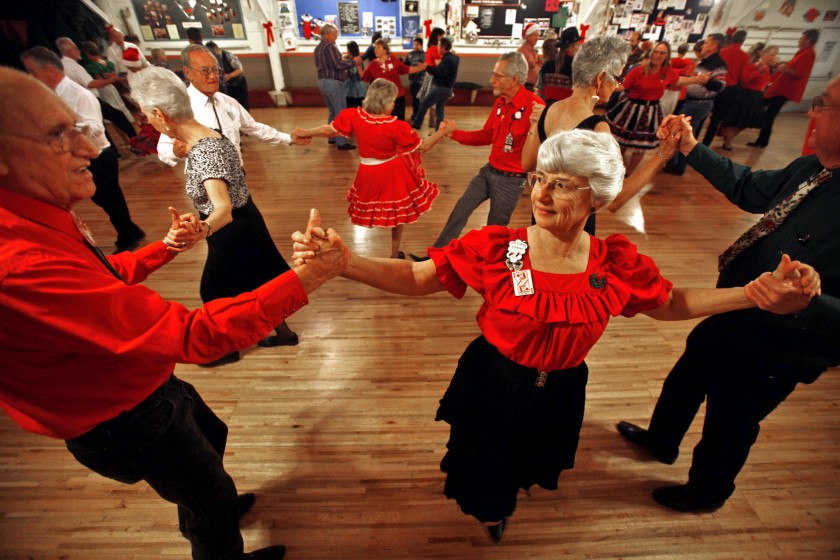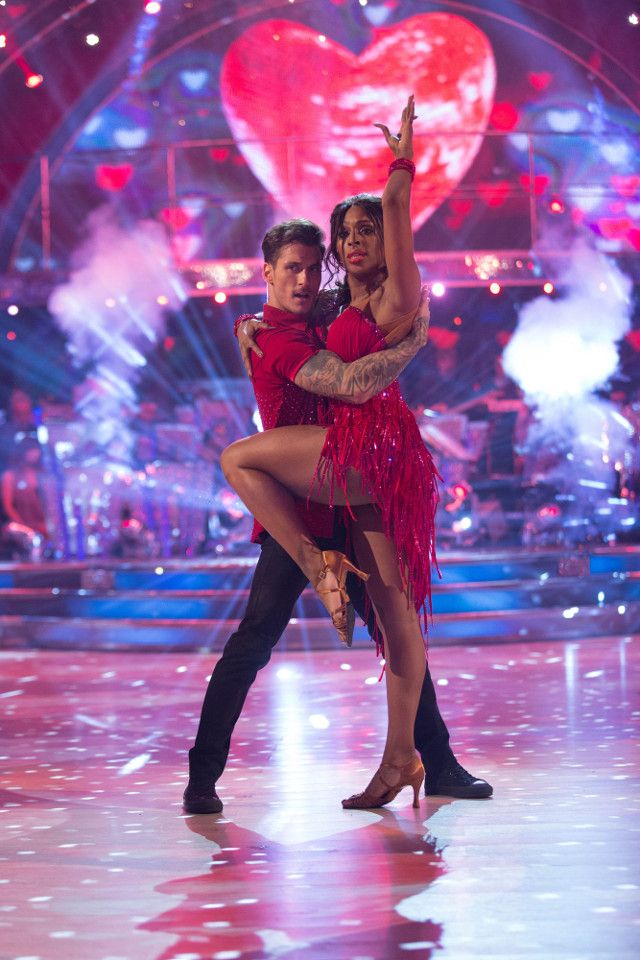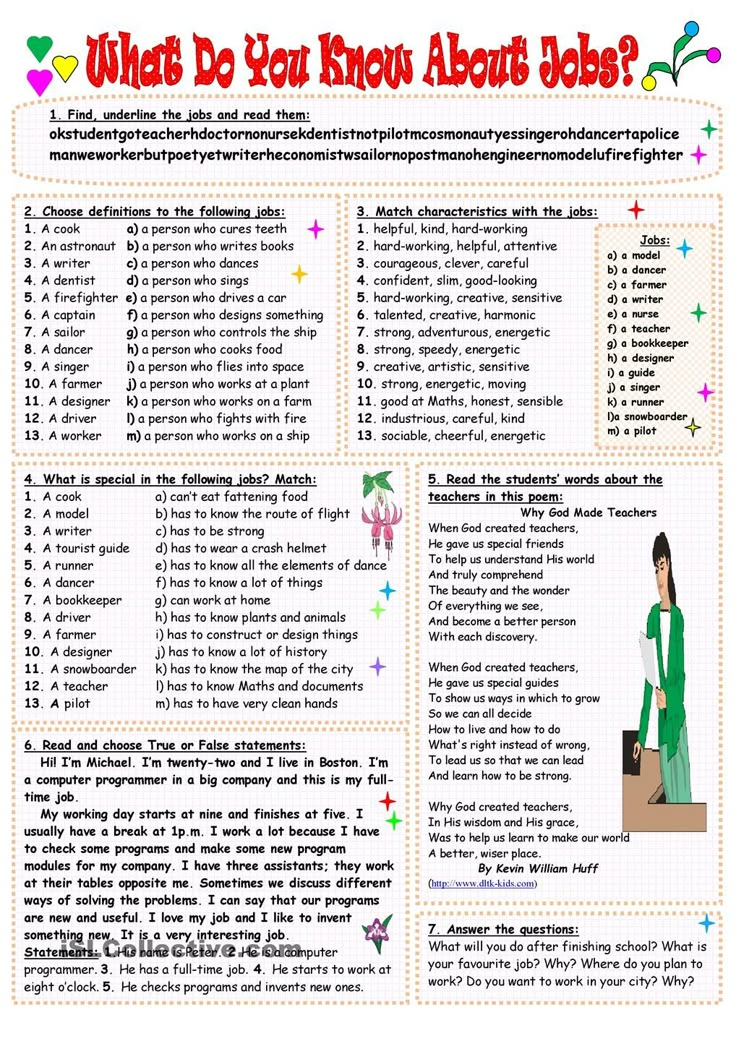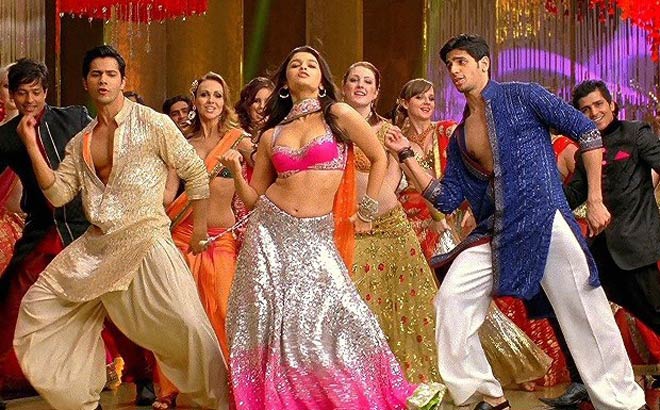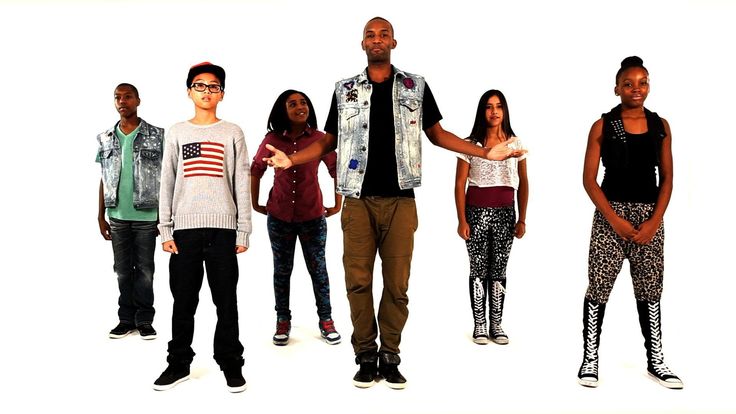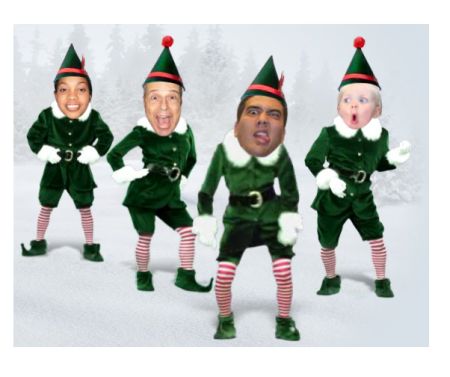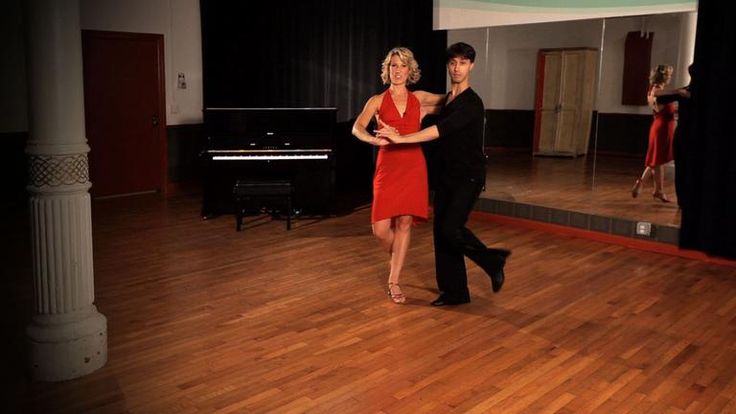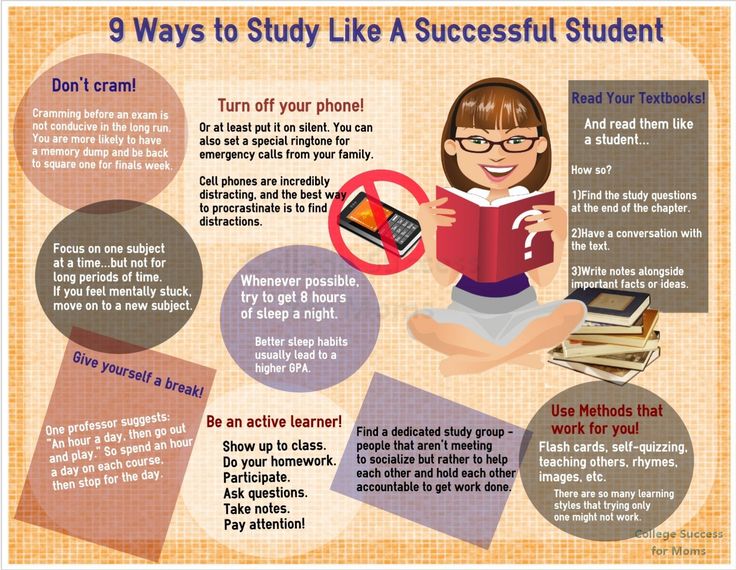Learn how to call square dance
Becoming A Square Dance Caller 3rd Edition (Book) – CALLERLAB KnowledgeBase
Book Table Of Contents Why I Wrote This Book .................... 5
The Plan ..................... 6
The Circle Before The Square ................. 8
Into The Square ....................... 12
Remembering The People In Your Square .............. 13
Modules ......................... 13
Equivalents ................... 14
Flow ....................... 15
Sight Calling Light ............... 18
More Modules ....................... 19
The Loop ....................... 21
Moving Around The Square ................... 24
Your First Sequence ............... 28
Technical & Fractional Zeros ............... 29
Doppelgängers ............... 30
Partner Lines ................... 31
Converting From Boxes To Lines And Back Again ......... 34
Building Your Library .................... 36
Set Sequences . ...................... 39
Standard Applications ................... 41
Module calling versus Sight Calling, Part II ............... 43
How To Resolve ............... 44
Don’t Always Use An Allemande Left ................ 45
FASR ................. 46
sequence Practice ............... 47
Easy Calls Resolve ................... 49
First Objective, Get Everyone Into Lines Facing In ................. 49
Next Objective: Pair Up Your Primary Couple version 1 ............... 50
Final Objective: Resolve ...................... 52
When All The Couples Are Paired Up ............... 53
When The Secondary Couple Is Not Paired Up ............... 55
Easy Calls Resolve Summarized ................ 58
Pairing Up Your Primary Couple version 2 ................ 59
Classic Resolve ............... 61
Grand Resolve ................ 64
Get-Ins ...................... 68
To Corner Box ............... ........ 68
........ 68
To Partner Lines .................. 71
Non-Standard Crossfire Get-Ins ................ 73
Get-Outs ................... 75
Resolves From Partner Lines ..................... 75
Resolves From Ocean Waves ............. 77
Resolving Using Folds ................. 79
Partner Lines to an Allemande Left .................. 81
Resolves From Corner Box ................. 82
You're Home From Corner Box .................. 85
Little Pieces of the Puzzle ............. 87
Advanced Grand Resolve .............. 89
Getting To Partner Lines When The Couples Aren't Paired ......... 91
Box Resolves – Couples Facing Couples ........... 92
The Grand Resolve Summarized ............... 95
Home Resolves ............... 97
Primary Couple Home Resolves ................ 99
Moving to a Quadrant .............. 102
The Tools At Hand ..................... 104
Sweep ¼ to Home Get-Outs .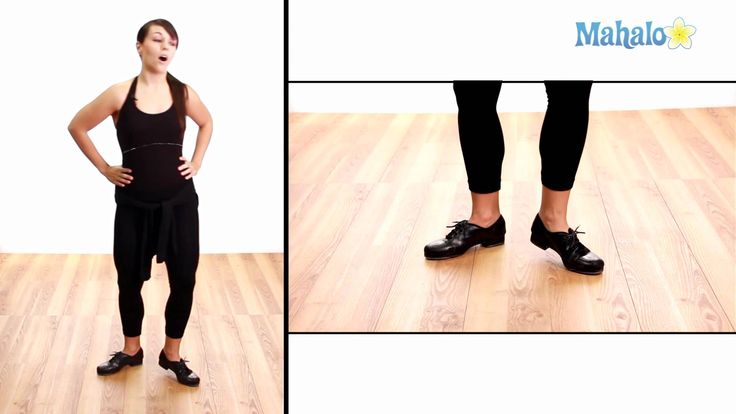 .................... 105
.................... 105
From Partner Lines to Sweep ¼ ............. 111
Cool Endings ................. 112
Flip The Diamond ...................... 112
Using Scoot Back & Box The Gnat ................... 112
Spin Chain Thru ................ 113
Chase Right ................ 113
Follow Your Neighbor .............. 116
Half Tag ....................... 117
In Praise Of Sight Calling, Part LXLVII .............. 118
What Makes For Good Calling? .................. 119
Being A Delightful Host .................... 120
When Teaching, Kindness Is Everything ............... 120
Microphones ...................... 121
Confidence ................. 121
When You Mess Up ................... 122
Music For Patter ................... 123
Modifying The BPM .................. 124
Stringing Songs Together ................ 124
Singing Calls ................. 125
Getting The Verse Sequence To Work .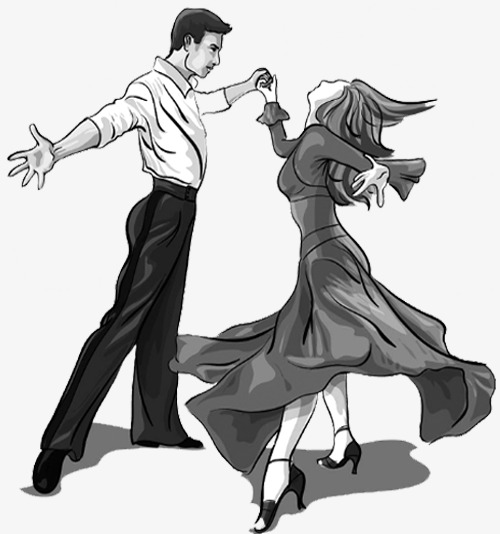 .......... 126
.......... 126
Putting A Singing Call Together ............. 127
Singing ........................ 130
Getting Started In Calling ................... 131
Equipment ..................... 132
Intro Parties ................. 135
The Talk ................ 138
Lessons .................. 140
Why I Use Club50/SSD ...................... 141
The Forgotten Calls .................. 143
Fixing Half-Out Squares ................... 144
Filling Out Squares ................... 145
Rectangles ..................... 145
Getting Up To Call ................ 150
Conventions .................. 151
Games Callers Play .............. 153
Callerlab Definitions .................... 154
Lists ........................ 155
Equivalents ................ 155
Corner Box Get-Ins ................... 156
Alternatives to Allemande Left from a Corner Box ............. 157
Partner Line Get-Ins .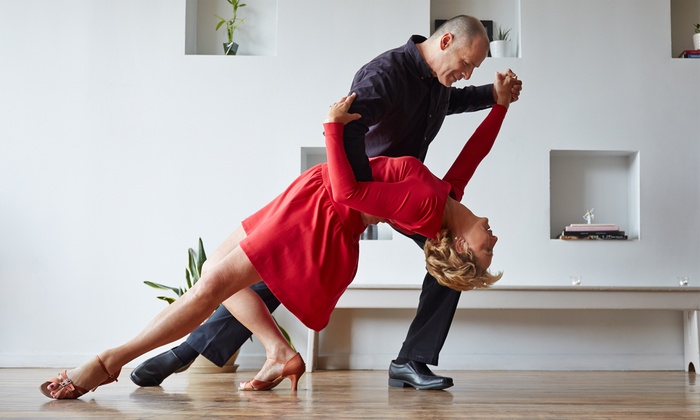 ................ 158
................ 158
Partner Line Get-Outs .............. 159
A-Box Get-Outs .................. 161
D-Box Get-Outs .................. 161
Box To Line Conversions ................. 162
Chicken Pluckers ....................... 163
Get-Outs To Home ..................... 163
Resources ....................... 165
Callerlab ................ 168
FASR ........................ 169
Formations .................... 170
Eight Chain Thru ............... 171
Facing Lines (Lines Facing In) ................. 172
Lines Facing Out ............... 173
Trade By ..................... 174
Double Pass Thru ...................... 175
Completed Double Pass Thru .................. 175
Parallel Two-Faced Lines ................ 176
Parallel Ocean Waves .............. 177
Columns (Right or Left) .................... 178
Z Formations (Left & Right) ....... .............. 178
.............. 178
Fractional Tags ................. 179
Point To Point Diamonds ................. 180
Facing Point To Point Diamonds ............ 180
Tidal Wave ................. 181
Tidal Two-Faced Line .............. 181
Arrangement ................ 182
Half Sashayed Solutions ................... 182
Waves ................. 183
How Circulates Change Arrangement ........... 185
Diamonds ................... 185
Sequence ........................ 186
Alternative Resolve Methods .............. 187
Mental Image ..................... 187
CRaMS ......................... 187
Call List .................. 188
How To Square Dance? 5 Tips to Make You a Better Square Dancer
Previous | Next
What is Square Dance?
Square dance is a traditional dance that has been part of American social life for centuries. It is documented to have originated in England in the late 16th century.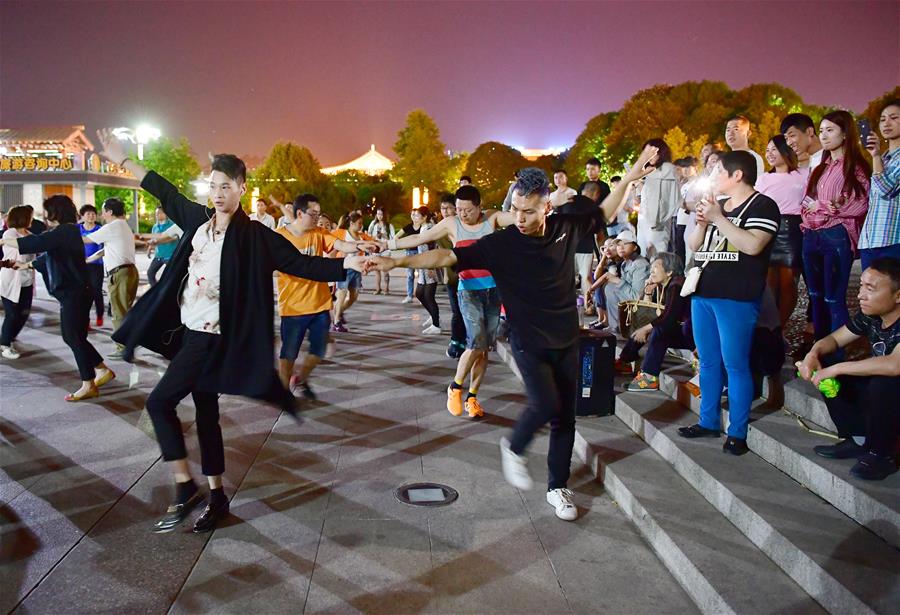 Although originating in England, square dance was also very popular in France and other European countries like Italy and Germany. When Europeans from these countries settled in other countries, they took the dance with them. It was then adopted in those cultures with some minor differences. It was through these settlers that square dance was introduced to North America.
Although originating in England, square dance was also very popular in France and other European countries like Italy and Germany. When Europeans from these countries settled in other countries, they took the dance with them. It was then adopted in those cultures with some minor differences. It was through these settlers that square dance was introduced to North America.
Now square danceis most popular in Germany, the United States of America, Canada, and Australia. Each of these countries has a slight variation in the dance. Square dance has also been designated as the official state dance in 19 U.S. states and is demonstrated in many festivals and family gatherings.
The dance, as mentioned earlier, varies slightly in each of the different countries. The difference is not always significant, but it still exists. In most American forms of square dance, the dancers are prompted or cued through a sequence of steps (square dance choreography) by acaller and dance to the beat (and, in some traditions, the phrasing) of music. In some forms of traditional square dancing, the caller may be one of the dancers or musicians, but in a modern western square dance, the caller is on stage, giving full attention to directing the dancers.
In some forms of traditional square dancing, the caller may be one of the dancers or musicians, but in a modern western square dance, the caller is on stage, giving full attention to directing the dancers.
How to Square Dance
Learning to square dance is an excellent way to get some exercise and learn a fun style of movement and socialize at the same time. It may not be the easiest form of dancing, but it is very entertaining to both perform and spectate.
Square Dance Basics
Square dancing typically comprises four couples or eight people. Each couple is made to stand on a different side to form a square. Each dancer faces the center of the square and there is usually a male/female combination for each couple.
The female is usually placed on the left side of her male counterpart and is usually called his “corner”.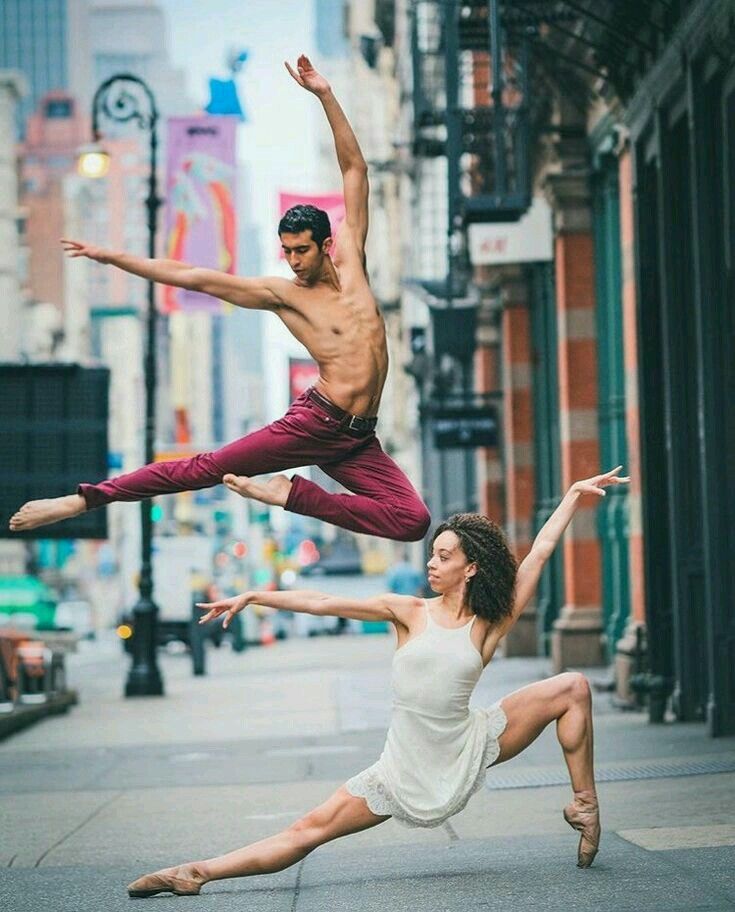 Similarly, the man on the woman’s right is, in turn, her corner. The couples are then numbered to make sure that every couple follows a proper move. After the numbering, the couples move counterclockwise through the square. The dance only starts with the couple formation, but as the participants move through the dance, the partners are exchanged and original partners can mean nothing. The couple might start out together but during the dance, the man and woman both will get to dance with other people as the dance requires interchanging with the other couples.
Similarly, the man on the woman’s right is, in turn, her corner. The couples are then numbered to make sure that every couple follows a proper move. After the numbering, the couples move counterclockwise through the square. The dance only starts with the couple formation, but as the participants move through the dance, the partners are exchanged and original partners can mean nothing. The couple might start out together but during the dance, the man and woman both will get to dance with other people as the dance requires interchanging with the other couples.
|
|
| |
| Dresses | Blouses | Skirts |
Tips for the Beginner Square Dancer
- Listen - Learn to be a good listener.
- Know where you are in a formation - center, end, trailer or leader, always be mindful of the formation so you’ll know what part of the next call to execute.

- Learn the definitions - learn the meaning of the calls.
- Hand grips are preferred over arm grips - in set-ups where dancers are facing- thumbs and fingers together. Thumbs should not be linked like shaking hands.
- Trust the caller - A call set -up may not feel right and you think you are in the wrong position just be patient the caller will guide you (3).
Square Dance “Calling”
In square dance, the caller calls out the instructions to the dancers. When the caller calls out, participants have to dance the steps that are being called. This makes every square dance different and exciting! Calls might also contain a modifier describing how many times the call is to be performed, such as “promenade ½”. (1).
Basic Square Dance Steps
HandHold
This dance step is when a hand from one dancer comes together with the hand of another dancer. This can happen between the original couple or during the interchange. When this grasp is broken, the handhold is over (2).
Allemande Left
This is when corners face each other and hold left hands. While holding the hands, the couples walk around each other and return to their own original position. There is also an Allemande Right, which is the same movement in reverse (2).
Ladies Chain
This is a step that involves only the ladies partaking in the dance. When called out by the caller, all the ladies single out and walk toward each other and hold right hands. They pass through, drop hands, and give left hands to each other’s partners (2).
Balance
As the name suggests, this move is going to definitely test out your balancing game. Partners hold right hands, hop on their left foot, cross over the right, hop on the right foot, and then cross the left. This movement is like an upbeat jazz dance’s Grapevine step. This step is often repeated several times and is a very joyful move because of the tip tap sounds which is produced because of the hopping. Not to mention the fact that it looks lovely to those viewing it if done in proper synchronization (2).
Opposite
This is when a dancer joins together with that dancer who is facing directly opposite to them (2).
Set
In this move, two lines of dancers facing each other each of 6 to 8 people, customarily with females in one line, males in the other. This is why the dance usually requires six to eight couples to perform it together. There is no way a dance like this can be performed by a single person alone. Its beauty lies in the synchronization of several people dancing together (2).
Promenade
Partners cross hands and walk counterclockwise back to their original positioning (2).
5 Tips to Make You a Better Square Dancer
- Keep both feet on the floor- Remember toe should slide on the floor first. When you walk your one foot is off the floor for a time and you can be off-balance easily. Use the shuffle step with both feet to glide along the floor to remain perfectly balanced.
- Keep you weight forward - Stay on your toes. Make your movements smooth to be a polished dancer.

- Stand tall and move lightly - Let the moving carry you along, don’t trudge.
- Take Smaller steps - Especially in men, make your steps smaller as it is easier to shuffle and maintain a balance that way. Don’t rush; the caller has to be ahead of you, so dance smoothly.
- Listen and dance to the music- The square is the framework for you to move. Take one gliding step on each downbeat of the music.
Conclusion
The square dance represents a celebration and is often seen at special occasions, family gatherings, or carnivals. Keeping the tradition alive and cherishing the heritage is the responsibility of the new, young generation.
The dance is more than a predefined set of steps that is required to be followed rigorously. Square dance brings a sense of community and inclusiveness as it lets anyone and everyone take part and enjoy it. Dancing with random people can enhance your confidence in interacting with people and also enhances community connection. So get out there and get dancing!
So get out there and get dancing!
Sources:
- https://acme-corp.com/teamGuest/R/2_426/sd101/Square%20Dancing%20101.htm
- https://dance.lovetoknow.com/Square_Dance_Steps
- http://www.azsquaredance.com/documents/GCSDA%20HAND%20BOOKLET.pdf
Russian folk dances: not a single squat | MPBK Ochakovo
What our great-great-great-great danced, for what reasons and where to learn the same
Round dance is not only about the Christmas tree
- Walking around the Christmas tree, holding hands, is a very simplified version of the round dance, in fact In fact, the dance is much deeper and more complex. In the times of paganism, our ancestors, fulfilling it, called for fertility in the fields, in summer - rains, and in autumn they thanked the earth for the harvest. Round dances were also taken to Christmas time, marking the end of the Christmas Lent.
Round dances can be divided into two types - playing and dancing. In the first, a dramatic scene is played out, for example, the choice of a bride or groom, family affairs, ridiculing the landowners.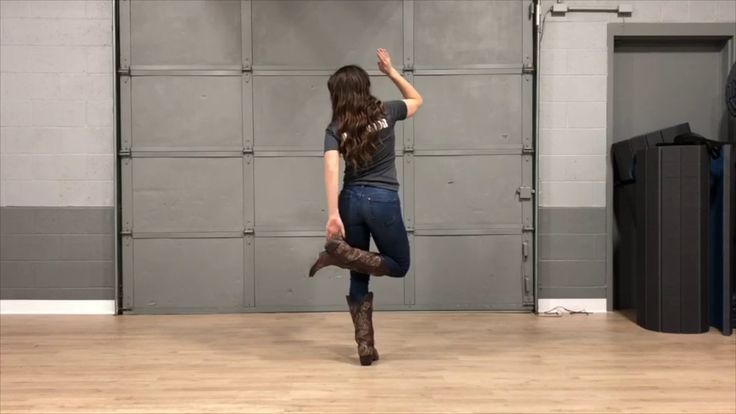 The choir sings, the musicians play, the dancers show a performance, the audience empathizes and stamps their feet to the beat.
The choir sings, the musicians play, the dancers show a performance, the audience empathizes and stamps their feet to the beat.
Albina Bocharova
dances and teaches
Photo: Wikipedia— Everyone who wants to participate in dance round dances: they move as if drawing patterns, creating figures — “snake”, “brook”, “gate”, “carousel” and others . Therefore, these dances are also called ornamental.
Usually dances gathered in the streets and went from the outskirts to the center of the village. The round dance ended with a dance.
Dance - for the mood of the fair
- The most cheerful kind of folk dance. Fairs, games and other holidays without it were unthinkable. The dance consists of a set of movements: step, stamping, spinning, squatting, fractions - quick foot movements in place - and other knees.
Denis Todorov
dancer, choreographer
— There are 4 types of dances:
- Single when the dancer shows his dare and ingenuity
- Pares, when the guy and girl beat domestic or romantic scenes
- Puffers - one for one or between groups of dancers 9003
- mass: everyone dances!
Dancing requires not only mastery of technique, but also a deep sense of dance - filla.
Photo: Wikipedia
“Ivan danced amazingly - especially the“ fish ””
The dance choir will burst out, the guy will come out in the middle of the circle - and well, spin around, jump, stomp his feet, and then the ground will crack - Yes, and it represents the movements of a fish that was thrown out of the water onto land: it bends this way and that, even brings the heels to the back of the head ... "
I.S. Turgenev, “Excerpts from Memoirs—Own and Others”
Quadrille – all stages of relationships in an evening
A playful French dance (French quadrille - "a group of four") that has taken root in the Russian countryside. It is from this word that the verb “crowd” is formed - to seek the location of a partner.
Photo: WikipediaDance appeared in Russia in the 18th century thanks to the reforms of Peter the Great, which opened the way for Western culture, and very quickly went from secular assemblies to folk festivals.
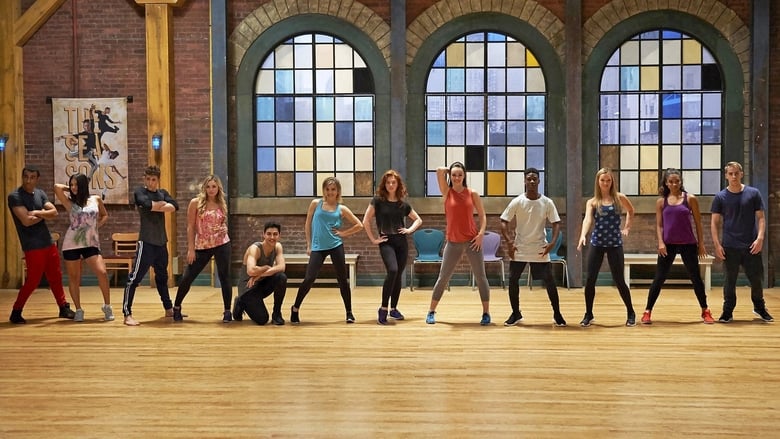 Gradually, the French style of performance changed beyond recognition. The quadrille acquired peculiar movements, pattern, character, and even names: “quadrelle”, “quadrelle”, “candrel”, “candrelska”. Each region of the country had its own square dance, and they were united by fundamental common rules.
Gradually, the French style of performance changed beyond recognition. The quadrille acquired peculiar movements, pattern, character, and even names: “quadrelle”, “quadrelle”, “candrel”, “candrelska”. Each region of the country had its own square dance, and they were united by fundamental common rules. The occasion for a quadrille is any holiday. Walk so walk!
- Quadrille - a dance about the relationship between a guy and a girl. An even number of couples (usually four) are performed by the figures “acquaintance”, “walk”, “separation”, “farewell” and others, symbolizing the stages of the relationship. This is the base, to which elements from Russian round dances and dances were added over time.
Who dances folk dances now
The country's main folk dance group is the Igor Moiseev Ensemble. Known all over the world, the real pride of Russia. Only professional dancers can enter it.
And there are a lot of amateur bands, and there probably are in your city too.
 True, before you get there, you need to learn a little.
True, before you get there, you need to learn a little. Anna Pepelova
teaches folk dance
— It may seem that folk dance is not popular. But teaching at the art school, I noticed that there is more and more interest in him now. Folk dance captivates from the first lesson. The dancer must be able to hear the music and accents in order to beat everyone's favorite fractions. Be technical to perform spins and tricks. And in addition, it is good to feel the manner and character of the performance. A dancer who has been involved in folk dances quite easily masters other directions.
Anna Pepelova
teaches folk dance
Where to learn how to dance Russian folk dances
Photo: Library of Congress— Folk dances are mostly taught by children brought by their parents. Such classes require discipline, give good physical activity and cultural education. There are groups for adults, although they are much smaller.
Groups should be looked for in local houses of culture, which traditionally gather all kinds of circles and sections.
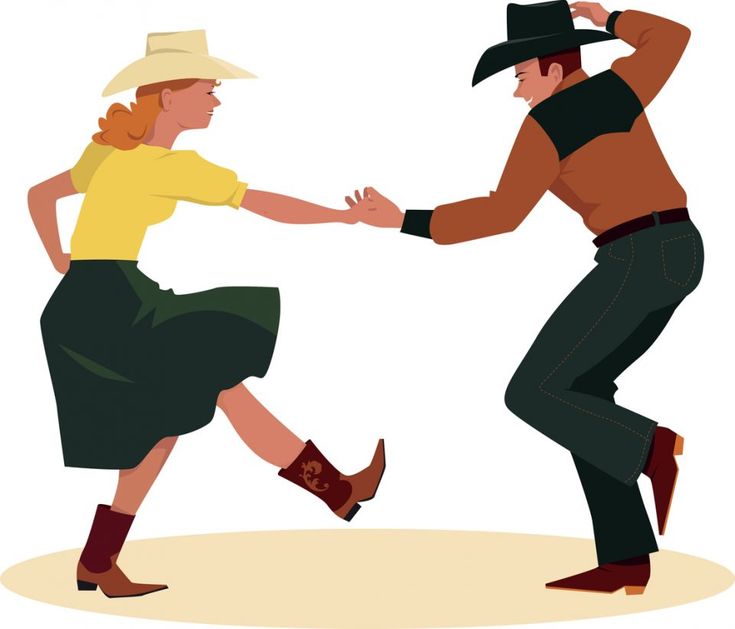 You can contact dance schools: most often modern types of dances are taught there, but Russian folk courses are also found.
You can contact dance schools: most often modern types of dances are taught there, but Russian folk courses are also found. Albina Bocharova
dances and teaches
We respect and love folk traditions, and therefore we have created a special line of traditional kvass "Family Secret". The recipes were collected in the villages of Russia, and then carefully adapted for large-scale production. That's how it was.
Mikhail Murashko. Crisis of Russian dance ensembles | All articles | Planet of Talents
The editors complete the discussion on the problems of Russian dance that began in No. 1 of 2010 and has continued all this time. Actually, the series of articles that were published on the pages of the journal cannot be called a discussion. It was, rather, a story to themselves and their understanding of Russian dance. There was an impression that the authors - figures of folk dance do not hear each other or do not want to enter into a dialogue. One way or another, willy-nilly, a picture of the state and understanding of the current existence of Russian stage dance was created.
 And the disunity of figures, their interests and actions, the picture of time. In the course of a year of work, the editors acted as one of the initiators and participants of two round tables on folk stage dance. In Moscow (in the Tchaikovsky Hall; in the month of May and in Krasnoyarsk (December).
And the disunity of figures, their interests and actions, the picture of time. In the course of a year of work, the editors acted as one of the initiators and participants of two round tables on folk stage dance. In Moscow (in the Tchaikovsky Hall; in the month of May and in Krasnoyarsk (December). The conversation touched both the nature of stage folk dances, and the organizational and creative issues of the very existence of groups (ensembles), issues of personnel training. The meetings were attended by representatives of many regional groups, schools, universities of choreography. Unfortunately, this did not attract the attention of the heads of the governing departments of culture in the country. Which probably explains a lot.
The editors consider it their duty to remind that traditional folk art should be one of the priorities in the cultural policy of the country, as it allows preserving the identity of the peoples inhabiting it. And knowledge of one's art is the core that underlies pride, patriotism and cultural belonging.
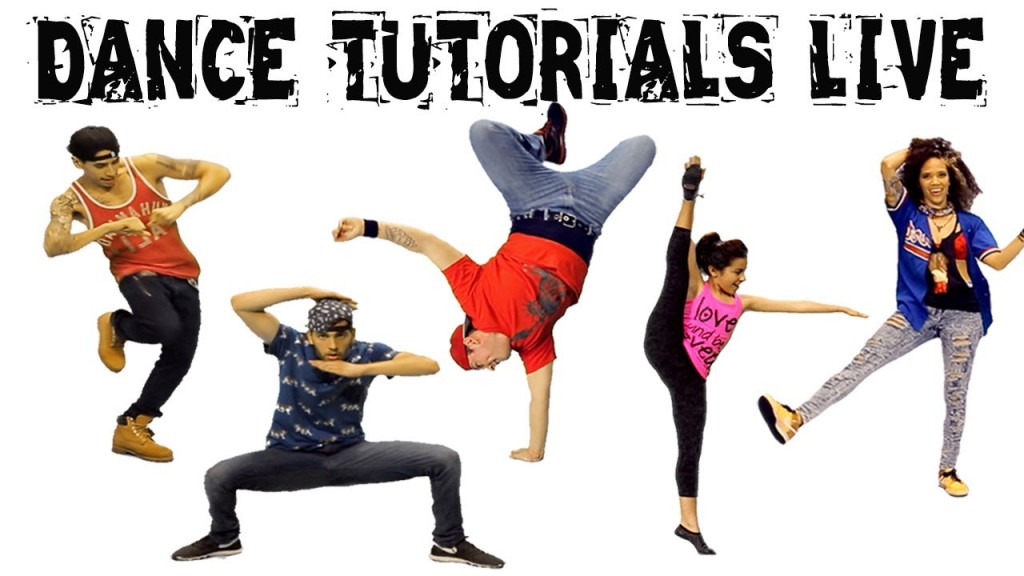
Our discussion is over, but this does not mean that the editors will not publish articles on the problems of life and work of folk dance groups. We are waiting for bold, principled and creatively audacious opinions.
Crisis of Russian dance ensembles.
Ballet Magazine, No. 2 (2011)Mikhail Murashko , professor of folk dance department
Moscow State University of Culture and Arts
Whether someone agrees or not with this statement, but the crisis of folk dance ensembles (in this case, Russian) exists, and nothing can be done about it. And it did not begin today, but, it seems to me, in the 80s of the XX century. Yes, just when the ensembles of the Union and Autonomous Republics thundered in all their splendor and glory. When the concert halls were filled to capacity, and it was possible to get to the performances of some groups only by passing through the ranks of the mounted police.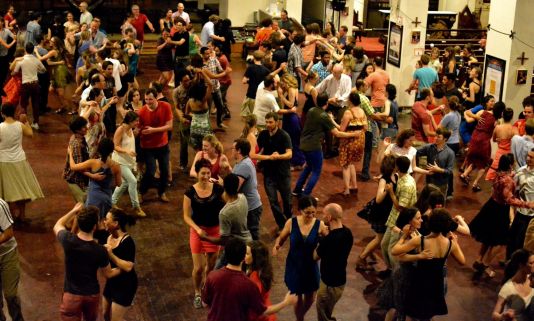 When touring was commonplace. When the leaders of each territory competed among themselves for the right to have their own and necessarily the best creative team, and each performance of their ensemble was evaluated by the most severe party standards. When palaces of culture and ballet halls were built, money was allocated for costumes, apartments were provided for artists. What can we say about the leaders! It was a glorious time!
When touring was commonplace. When the leaders of each territory competed among themselves for the right to have their own and necessarily the best creative team, and each performance of their ensemble was evaluated by the most severe party standards. When palaces of culture and ballet halls were built, money was allocated for costumes, apartments were provided for artists. What can we say about the leaders! It was a glorious time!
And it was at this golden time for groups that glorify their land, their people and enjoy the love of the whole people that a crisis arose. To the assertion that the crisis began in the 90s in connection with the changes that took place with our state, we can say that these changes only accelerated and exposed the problems that had arisen earlier. Of course, if the cataclysms had not happened, the ensembles would have lived better than today, but the crisis would have happened anyway, it already existed.
Why did the crisis arise, and can it even be in creative teams where all the works of the repertoire are built on the basis of folklore - this spring, this inexhaustible pantry that has contained thousands of years of knowledge and wisdom of the people? It would seem that it cannot! But the crisis has arisen! He is! It's just hard to see, and not everyone wants to see it.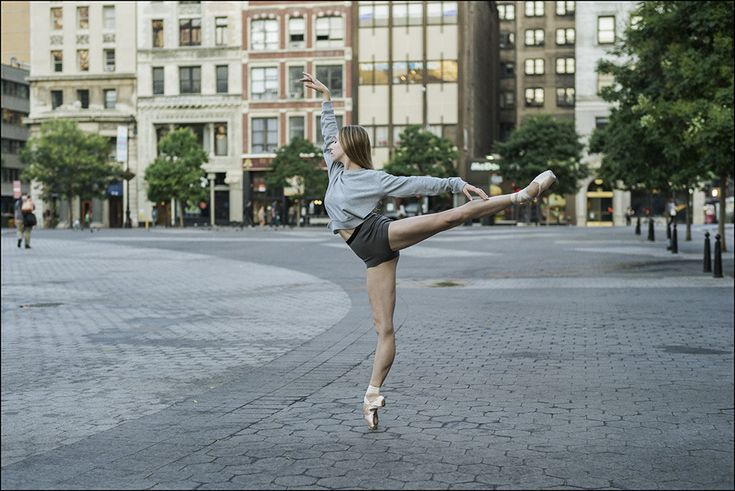 A crisis in art is not a crisis in the economy, when enterprises close, banks burst, bankers are thrown out of windows, ordinary people are left without work. In art, everyone works, the audience applauds, the artists receive their money. Everything is fine, but there are no new ideas and new ways to solve old (eternal) ideas, but there is marking time, when everyone has about the same thing - this is the crisis in art.
A crisis in art is not a crisis in the economy, when enterprises close, banks burst, bankers are thrown out of windows, ordinary people are left without work. In art, everyone works, the audience applauds, the artists receive their money. Everything is fine, but there are no new ideas and new ways to solve old (eternal) ideas, but there is marking time, when everyone has about the same thing - this is the crisis in art.
How did the crisis come about?
Let us turn to the work of the most outstanding masters of Russian dance - the founders of professional folk dance groups.
Tatyana Alekseevna Ustinova. Her first stage dances, one might say, were transferred from the village, which she knew very well. And she didn’t just know, she danced these dances, dances, quadrilles on village patches. Her "Tver square dance" was composed on the basis of folk square dances, and then dances from different regions went one after another: "Girl's round dance" (Voronezh), "Davydkovskaya square dance" (Yaroslavl), "Timonya" (Kursk), "Moscow round dances" ( Moscow), Northern Round Dances (Arkhangelsk), Gusachok (Smolensk), Matanya (Orlovskaya), Snake (Ryazan), Naparochka (Vologda), Golden Chain (Siberia), Kruzhilikha (Tula), "Plates" (Penza).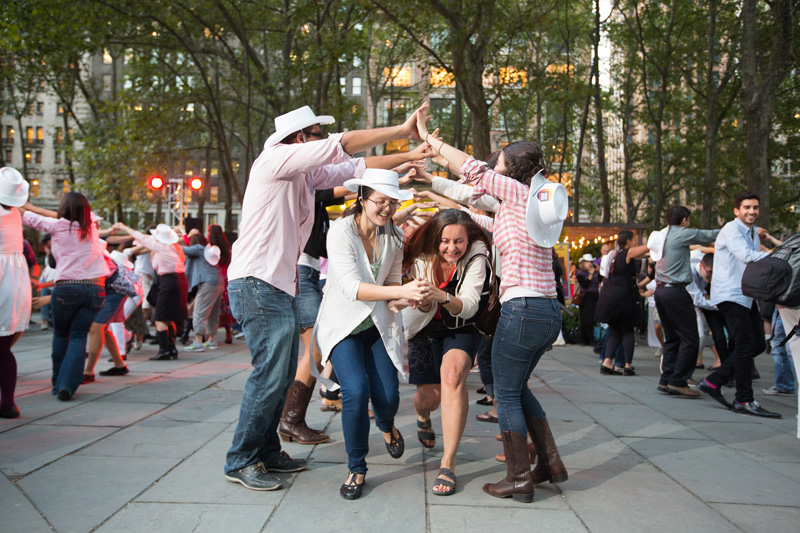 Vocal and choreographic paintings "Bryansk Games", "Kaluga Busts", which, in my opinion, became the pinnacle of Tatyana Alekseevna's work (as a choreographer of the folk choir). At the very least, I don't know of other works where the orchestra, choir and dancers would be involved so skillfully and so naturally, creating such grandiose folk paintings. Russian dances arose on the stage - stage choreographic works - composed on the basis of dance folklore from different areas. That was great!
Vocal and choreographic paintings "Bryansk Games", "Kaluga Busts", which, in my opinion, became the pinnacle of Tatyana Alekseevna's work (as a choreographer of the folk choir). At the very least, I don't know of other works where the orchestra, choir and dancers would be involved so skillfully and so naturally, creating such grandiose folk paintings. Russian dances arose on the stage - stage choreographic works - composed on the basis of dance folklore from different areas. That was great!
This was the development of Russian folk dance in breadth.
Igor Alexandrovich Moiseev. The first programs of the ensemble were based on the dances of the peoples of the USSR. Next - dances of the countries of people's democracy (Poland, Hungary, Romania, Bulgaria, etc.). Further - dances of the countries of the world (China, Mongolia, Korea, Spain, Italy, Greece, Mexico, Argentina, etc., up to Egypt). Fabulous!
This was the development of folk dance in breadth.
Olga Nikolaevna Knyazeva. Her Ural dances are real choreographic masterpieces. It was not in vain that I. A. Moiseev invited Olga Nikolaevna to stage "Bain's quadrille" and "Six" in his ensemble. I. Z. Merkulov, M. S. Chernyshov, E. K. Filippov, B. N. Burmakin, V. D. Modzolevsky, M.S. Godenko, Ya.A. Kolomeisky, G.Yu. Galperin, M.Ya. Kruglikov, A.P. Shostak, V.F. Kopylov and other choreographers, including those working today, did a lot for the development of Russian dance in different regions.
This was the development of Russian folk dance in breadth.
Nadezhda Sergeevna Nadezhdina. Creativity of Nadezhdina is deeply folklore, but not folklore dances, but folklore Russian images. Her birch girls are Russia, tender, forever young, dear and beloved. “Northern Lights”, “Wild Flowers”, “Swans”, “Sudarushki”, “Chain”, “Spinning Spinner” are different sides of one image - the image of the dear Motherland - Russia. Looking at the fabulously beautiful girls who perform these dances, one cannot help but fall in love with them, and through them it is impossible not to fall in love with this amazing and such a beautiful country - Russia.
This was the development of Russian folk dance in depth.
Pavel Pavlovich Virsky and the Ukrainian Dance Ensemble. Only the dance "Hopak" gives a portrait of the Ukrainian people: beautiful girls, courageous young men - beautiful talented people! And next to it are the epic Zaporozhians, the dramatic Chumatsky Joys, a satirical sketch from the old fair puppet theater Oh, Under the Cherry, the lyric-dramatic miniature Podolianochka, the one-act ballet The October Legend - a tragedy with an optimistic ending. In these and other works, the choreographer was able to penetrate deeply into the philosophy and psychology of the Ukrainian people. Hence the conclusion: you need to love and protect your land, and in order to get happiness, you need to go through suffering, happiness must be earned. With his works, Virsky showed that any task can be solved by means of folk dance.
This was the development of Ukrainian folk dance in breadth and depth.
But there was also a vocal-choreographic picture “The Tale of Ivushka, the Russian Land” by T. A. Ustinova, where the Swans, the beautiful Ivushka and the mighty Knights confront the evil Kites. These images, symbolic for a Russian person, allowed the author to solve the plot in a poetically generalized form.
And this was the development of Russian dance in depth.
From the foregoing, we can conclude that the development of Russian dance went in two directions: in breadth and depth. There is no priority of one direction over another. Each of the named choreographers has dances of one and another direction, but some have more breadth, others have more depth. All of them are outstanding masters, the founders of Russian folk stage dance, who have developed widely enough methods for interpreting folklore dance, as well as methods for composing choreographic works based on folklore, and with their creativity raised Russian stage dance to such a height that two questions arise: where? And How? move on? You must go! Do not close all the ensembles!
In order to determine where and how to move on, one must firmly say: in their work, our outstanding masters have collected only the upper layer of folklore wisdom, i.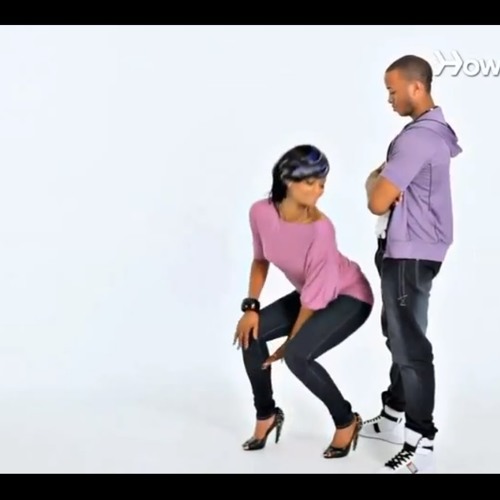 e. layer lying on the surface . Around them, the people performed folklore dances, dances, round dances, quadrilles. It was primarily a dance layer, consisting of dances from different regions with their style features. There was no special need to penetrate into the many-valued philosophical depths of the content and interpretation of the content of folklore. Take a folklore dance, make it suitable for the stage, or compose a new dance based on this material and show it. Basically, they did this, and achieved great success, because in any folklore work a powerful impulse is genetically embedded, coming from the most ancient folk sources.
e. layer lying on the surface . Around them, the people performed folklore dances, dances, round dances, quadrilles. It was primarily a dance layer, consisting of dances from different regions with their style features. There was no special need to penetrate into the many-valued philosophical depths of the content and interpretation of the content of folklore. Take a folklore dance, make it suitable for the stage, or compose a new dance based on this material and show it. Basically, they did this, and achieved great success, because in any folklore work a powerful impulse is genetically embedded, coming from the most ancient folk sources.
So, having collected the top layer of folklore and having achieved great results at the same time, the great old people left this world. Today round dances are not performed around us, quadrilles and dances are not dancing. Where can one get material for composing new Russian stage dances?
If at one time the Regional Houses of Folk Art considered the collection and fixation of folklore dances as samples of folk dance creativity to be their main duty (such work would justify the name “House of Folk Art”), today it would be very convenient for choreographers to work: they went to the library and I took, for example, the quadrille “On the Backs” of the village of Trynkino, Leningrad Region.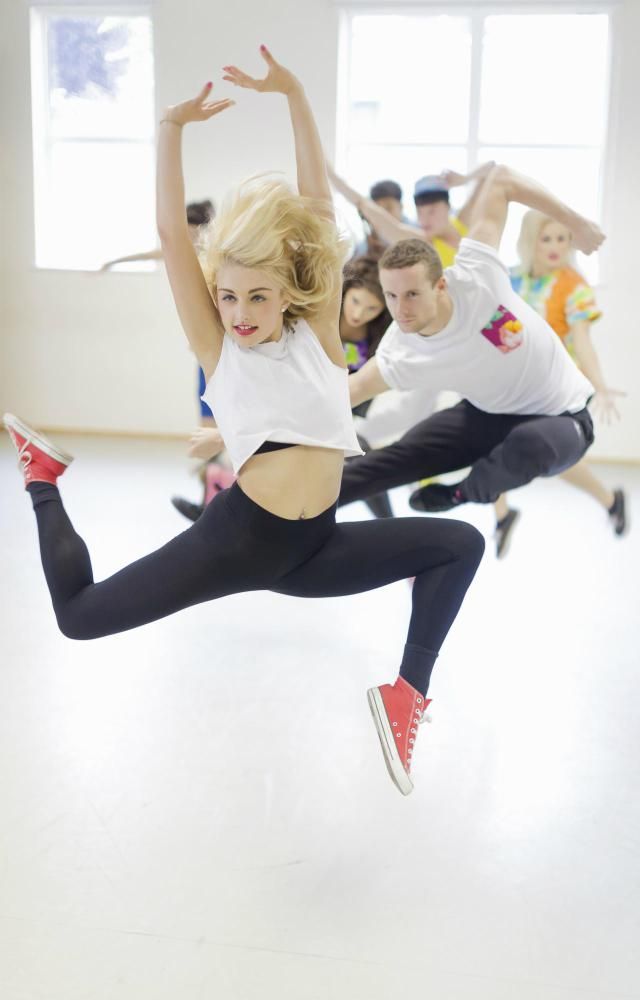 But that didn't happen. There were individual enthusiasts and we know them by their names: E. K. Filippov (Irkutsk region), O. V. Rudneva (Kursk region), N. M. Bachinskaya (Russian round dances and round dance songs), M. D. Yanitskaya (Leningrad, Yaroslavl regions), A. V. Bazhonkin and V. I. Borshnyakov (Nizhny Novgorod region), I. I. Veretennikov (Belgorod region) and others. (Forgive me, who did not name). I repeat: this did not happen. Therefore, today we have the main and only principle of studying folklore dances - from hand to hand, more precisely - from foot to foot.
But that didn't happen. There were individual enthusiasts and we know them by their names: E. K. Filippov (Irkutsk region), O. V. Rudneva (Kursk region), N. M. Bachinskaya (Russian round dances and round dance songs), M. D. Yanitskaya (Leningrad, Yaroslavl regions), A. V. Bazhonkin and V. I. Borshnyakov (Nizhny Novgorod region), I. I. Veretennikov (Belgorod region) and others. (Forgive me, who did not name). I repeat: this did not happen. Therefore, today we have the main and only principle of studying folklore dances - from hand to hand, more precisely - from foot to foot.
In practice, it looks like this. Imagine that the folklore (?) material that my teacher T.A. Ustinova gave me, I, in turn, passed on to my students, my students pass it on to their students, and they pass it on to theirs ... etc. It is clear that there will gradually be no trace left of the material Ustinova handed over to me. If we are already experiencing difficulties in finding authentic dance material (especially regional), then we can imagine what will happen next. What is the way out?
What is the way out?
Exit one. Switch entirely and completely to the rails of professional art. Like music, like opera, like painting and other arts. Each type of art has laws for composing works, according to which creators create their opuses. And these laws, by the way, do not prevent artists of different types of art from creating their own masterpieces.
It follows from this that it is time for us, the choreographers of Russian dance, to stop relying only on our divine gift - to compose by intuition, but it is necessary to master the profession of a choreographer - dance composer, i.e. to study the laws, methods and techniques by which dances are composed. And here, in addition to the laws of dramaturgy, such concepts as form, type, genre, style of a work become important. But you need to start with the fact that you need to learn to speak the same language. And in order to speak the same language, we need a single classification of Russian folk dance.
In books on folk choreography (this can be easily seen), each author has his own interpretation of forms, genres, types, round dances, dances, quadrilles, dances.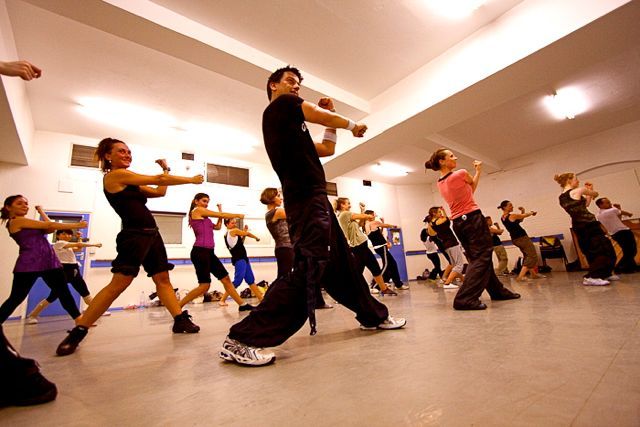 For example, a round dance in one case is called a species, in another - a genre, in a third - a form, in a fourth - a type, etc. This state of affairs in Russian dance is not normal. I repeat once again: in order for us to be able to talk about Russian dance in the same language, we need a unified classification of Russian dance. And the main place in this classification, in my opinion, should belong to the forms of Russian dance, because it is the forms (first of all) that make it possible to distinguish one dance from another. Form is a way (method) of presentation of choreographic material, and how it will be presented - this material, like a choreographic work, will acquire such a form.
For example, a round dance in one case is called a species, in another - a genre, in a third - a form, in a fourth - a type, etc. This state of affairs in Russian dance is not normal. I repeat once again: in order for us to be able to talk about Russian dance in the same language, we need a unified classification of Russian dance. And the main place in this classification, in my opinion, should belong to the forms of Russian dance, because it is the forms (first of all) that make it possible to distinguish one dance from another. Form is a way (method) of presentation of choreographic material, and how it will be presented - this material, like a choreographic work, will acquire such a form.
The problem of classification of Russian dance concerns everyone who has at least some relation to Russian dance - teachers and choreographers (both professionals and amateurs) who are currently working, as well as students, future specialists in Russian dance. Both of them simply need to have at least minimal knowledge about Russian dance and its definitions. Because without knowledge, especially at the present time, it is difficult to compose something interesting in Russian dance, especially something new. And is it possible to do this if there is such diversity in Russian dance? And isn't this diversity one of the reasons for the crisis in Russian dance, which has been going on for several decades?
Because without knowledge, especially at the present time, it is difficult to compose something interesting in Russian dance, especially something new. And is it possible to do this if there is such diversity in Russian dance? And isn't this diversity one of the reasons for the crisis in Russian dance, which has been going on for several decades?
Good for a student, a future choreographer. Compose dances in different forms and types, genres and styles, i.e. the craft of a choreographer, he can be taught in an educational institution (if they teach it there!). Just as a student-future composer will never confuse the form of a rondo with the form of a fugue, the form of a sonata with the form of a concerto, so the student-future choreographer must not confuse the form of a dance with the form of a dance, the form of a round dance with the form of a quadrille, the form of a lancier with a painting or a suite. . And especially not to confuse genres and types, forms and types.
The issue of training students, future choreographers is important, but they still have a long way to go. Smart and talented people can learn from other smart and talented people. But what about those who already work as choreographers and compose Russian dances, often without thinking about how they do it? There is only one answer: study! The lack of education of us - choreographers - is one of the main reasons for the crisis in Russian folk dance. Therefore, the problem of educating Russian dance specialists is important for everyone who works in Russian dance: choreographers (both professional and amateur) who work today and create the repertoire of their teams today, students, future Russian dance specialists, as well as teachers teaching students, in a word everyone who has anything to do with Russian dance.
Smart and talented people can learn from other smart and talented people. But what about those who already work as choreographers and compose Russian dances, often without thinking about how they do it? There is only one answer: study! The lack of education of us - choreographers - is one of the main reasons for the crisis in Russian folk dance. Therefore, the problem of educating Russian dance specialists is important for everyone who works in Russian dance: choreographers (both professional and amateur) who work today and create the repertoire of their teams today, students, future Russian dance specialists, as well as teachers teaching students, in a word everyone who has anything to do with Russian dance.
It only seems to us that we know everything about ourselves, or, in extreme cases, a lot. In fact, the most we don't know is about ourselves, about our history, about our roots. We can talk long and hard about the ancient Greek gods, Roman, Egyptian, especially Indian - this is fashionable today. But what about our gods, our myths, our roots? And does each of us know who Rod, Makosh, Perun, Veles, Zhiva, Morana, Svarog, Kolyada, Shrovetide are and how they are related to each other? And why, for example, the Russian god Khors and the Egyptian god Horus have a common root "khor"? Or why the Russian god Yar (Yarilo) and the Egyptian god Ra have the same image - a falcon? And where do these names come from: Sakha-ra, A-ra-via, A-ra-ra-t, Russian rivers with the name Peche-ra, Sama-ra, Ug-ra, Ist-ra, Ug-ra, Bar-ra , Vost-ra, Dniester-ra, Dnepr-ra, Na-ra, Pokh-ra, Peche-ra, Su-ra, Sister-ra, P-ra (Pa-ra), Va-ra-x, Va- ra-duna, Kind-ra, Zhizd-ra, Ra-sukha, Ra-ma, as well as Rava, Rasa, Ranha, Ra are the ancient names of the Volga, repeatedly mentioned in the ancient Indian Rig Veda, as well as in the Mahabharata and the ancient Iranian Avesta.
But what about our gods, our myths, our roots? And does each of us know who Rod, Makosh, Perun, Veles, Zhiva, Morana, Svarog, Kolyada, Shrovetide are and how they are related to each other? And why, for example, the Russian god Khors and the Egyptian god Horus have a common root "khor"? Or why the Russian god Yar (Yarilo) and the Egyptian god Ra have the same image - a falcon? And where do these names come from: Sakha-ra, A-ra-via, A-ra-ra-t, Russian rivers with the name Peche-ra, Sama-ra, Ug-ra, Ist-ra, Ug-ra, Bar-ra , Vost-ra, Dniester-ra, Dnepr-ra, Na-ra, Pokh-ra, Peche-ra, Su-ra, Sister-ra, P-ra (Pa-ra), Va-ra-x, Va- ra-duna, Kind-ra, Zhizd-ra, Ra-sukha, Ra-ma, as well as Rava, Rasa, Ranha, Ra are the ancient names of the Volga, repeatedly mentioned in the ancient Indian Rig Veda, as well as in the Mahabharata and the ancient Iranian Avesta.
They may object to me, they say, why do we need a theory, we don’t need it, we are practitioners, our job is to stage dances. But the fact of the matter is that without knowledge about one's people, without love for one's people, it is difficult to put on a real Russian dance.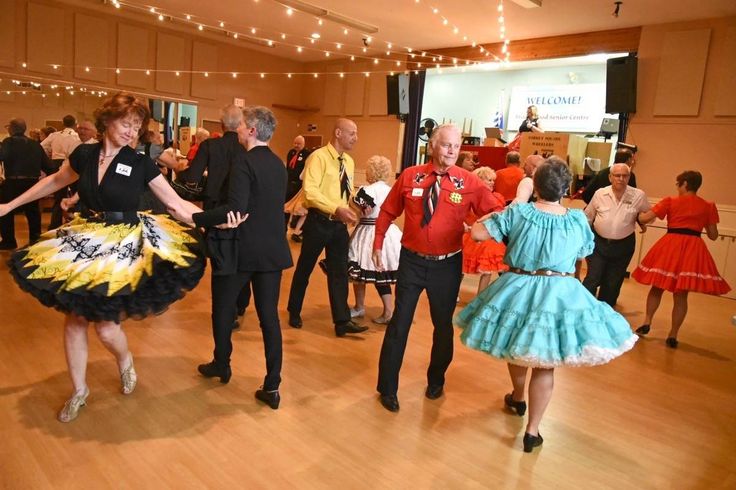 And, if we knew more about our people, maybe there would be no crisis! And the story of one's own people is not yet a theory. As far as theory is concerned, theory and practice are inextricably linked. This is a whole. And it is not in vain that they say that theory without practice is dead, and practice without theory often remains an experiment without conclusions and generalizations.
And, if we knew more about our people, maybe there would be no crisis! And the story of one's own people is not yet a theory. As far as theory is concerned, theory and practice are inextricably linked. This is a whole. And it is not in vain that they say that theory without practice is dead, and practice without theory often remains an experiment without conclusions and generalizations.
In this context, the question of the classification of Russian dance, its forms, types, genres, styles becomes the most important, and the concept of form becomes the key. And this is only the first step towards the beginning of mastering the profession "The Art of the Choreographer".
The current state of Russian stage dance cannot but disturb. From the repertoire of professional folk dance ensembles and dance groups of Russian folk choirs (to say nothing of amateur groups!) the dances (forms) of dancing, quadrille, lancer have almost disappeared. Or rather, by name - they are, but only by name.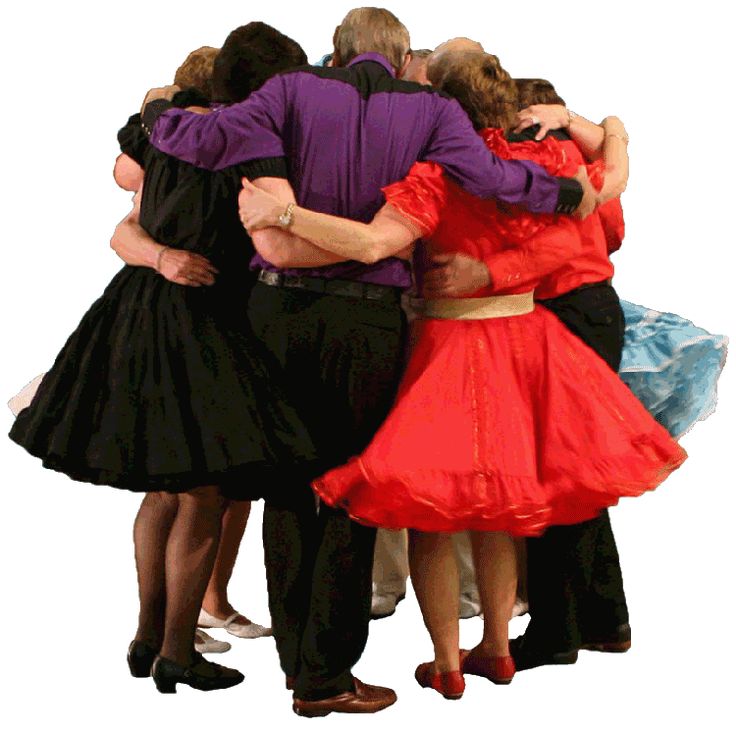 In fact, these dances, quadrilles and lancers have nothing to do with their names. The situation is especially bad with the Lancier form. Both in professional groups and in amateur ones, there are not many of them (lancier) at all, and those single dances presented as lancier have nothing to do with the form of lancier. The conclusion is that there is not a single Lancier dance on the stage, and, I repeat, there are almost no quadrilles and dances, fewer and fewer round dances, more and more dances, which are sometimes difficult to determine which form they can be attributed to.
In fact, these dances, quadrilles and lancers have nothing to do with their names. The situation is especially bad with the Lancier form. Both in professional groups and in amateur ones, there are not many of them (lancier) at all, and those single dances presented as lancier have nothing to do with the form of lancier. The conclusion is that there is not a single Lancier dance on the stage, and, I repeat, there are almost no quadrilles and dances, fewer and fewer round dances, more and more dances, which are sometimes difficult to determine which form they can be attributed to.
The form of the dance is of course important, but the genre in which the dance is composed is also of great importance. The need to choose genre features of dances is dictated by the theme of the work, its idea. But what if this is not a dance, but a concert program of a Russian ensemble, consisting of dances in two parts? Is it possible to do without genres here? If, for example, we give a program only of dashing dances, where each individually passes with a bang? How long will the audience perceive such a concert? Won't they get tired of such dashing, and won't such dashing turn into a cruel monotony that can spoil the mood of both the audience and the artists?
In the work of choreographers of folk stage dance, genres have the same significance as in ballet performances, and perhaps even more. In the concert program, which consists of separate dances, each dance is a small performance and the variety of genres of such small performances is simply necessary.
In the concert program, which consists of separate dances, each dance is a small performance and the variety of genres of such small performances is simply necessary.
As an example of the use of different genres in the works of folk stage dance, one can cite the triptych "Russian Porcelain" staged by N.S. Nadezhdina in the Beryozka State Choreographic Ensemble. The triptych consists of three dances, where the first dance "Year 1812" has a lyrical genre, the second dance "Year 1886" is a comedy genre with elements of satire, the third dance "Year 1918" is a heroic genre. Three duets following each other is not an easy task for a choreographer. And only by determining the emotional tone, i.e. the genre of each dance based on the idea of each dance and the general idea as a whole, it was possible to start composing such a complex work. The result is success.
In the work of T.A. Ustinova presents dances of various genres: the girlish lyrical "Voronezh round dance", the male comedy dance "Kamarinskaya", the epic picture "The Tale of Ivushka, the Russian Land" and many others.
I.A. Moiseev, each dance has its own genre: the heroic dances "Khorumi" and "Partisans", the satirical "City Quadrille", the joke dance "Finnish Polka", lyrical dances from the Russian suite "Round Dance" and "Korobochka", the choreographic canvas "Night on the Bald grief”, in which reality and fantasy are intertwined.
P.P. Virsky, referring to different topics in his work, clearly defined the genre of each dance. “Chumak Joys” is a drama from the life of Chumaks, “Cossacks” is an epic suite, “What the willow is crying about” is a tragic picture, “Oh, under the cherry” is a satirical miniature, “Podolianochka” is a lyrical picture, “Gopak” is a lyrical and at the same time a heroic dance.
If we analyze the work of buffoons, then there we will see the obligatory presence of genres. The comic and satirical genres, ridiculing the shortcomings and vices of people, especially gentlemen, were especially popular with the audience. But buffoons were artists of a wide profile. They had to play at holidays, and at weddings, and at funerals, and at various ritual events, so that the work of buffoons developed in various genres. The creativity of buffoons was constantly fueled by folk dances, songs, proverbs, sayings, jokes, and life stories. The buffoons lived the same life as the people, and the source of the buffoons' creativity was the creativity of the people.
They had to play at holidays, and at weddings, and at funerals, and at various ritual events, so that the work of buffoons developed in various genres. The creativity of buffoons was constantly fueled by folk dances, songs, proverbs, sayings, jokes, and life stories. The buffoons lived the same life as the people, and the source of the buffoons' creativity was the creativity of the people.
In Russian folklore, this amazing collective folk art, each dance necessarily had its own genre. Among round dances, dances, dances there were lyrical and comedic, dramatic and satirical, epic and tragic genres. Genres were not invented. Life itself contributed to their birth. Love and jealousy, successes and failures in life, military victories and defeats, historical events and natural disasters - everything was reflected in the work of the people and, of course, in a certain genre. And people knew when, on what occasion, for what occasion, which song or dance could and should be performed.
Genres in stage choreographic works are a must. Each theme requires its own genre. Genres give each work a certain tonality, dissimilarity, originality.
Unfortunately, at present on the stage (in dance ensembles, song and dance ensembles, in Russian folk choirs) there is mainly one genre represented - lyrics. And where is the comedy, drama, epic, satire, heroism, tragedy? No answer. But with the naked eye you can see how poor the Russian stage dance has become both in professional and amateur groups. Exceptions don't count!
A significant role in Russian dance is played by the style of dance, especially when composing a dance based on the style features of a particular region. After all, Russian dance, having a common plastic and meaningful basis, is surprisingly diverse. Each region has its own style with inherent features and mannerisms for that region. A work built on regional folklore appears as a unique, unique, unlike other work (example: dances by T. A. Ustinova, O.